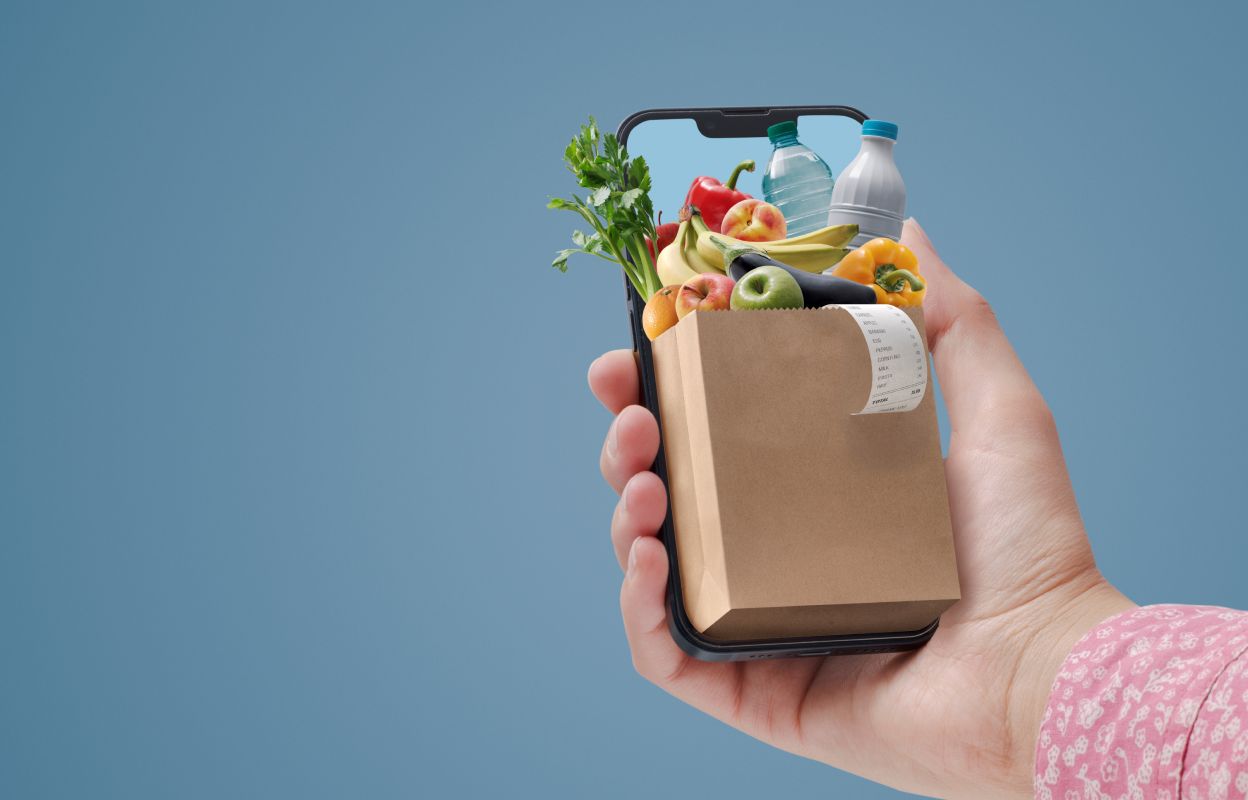Why Food and Beverage Brands, Producers and Retailers are Getting a Taste for Total Digital Transformation

For retailers, brands and producers in the food and beverage industry, digital transformation began long before COVID-19. Certainly, the pandemic has disrupted markets, changed the notion of sales per square foot and pushed businesses to adapt to increasing demand for home delivery, bulk purchase options, meal kits for busy home cooks and more private label products. The way we shop, eat, drink and cook has changed. However, anyone involved in the business of food is no stranger to making on-the-fly strategic and logistical adjustments using digital tools, and the food supply chain has generally been able to cope.
For many food businesses, though, coping isn’t going to cut it in the long term, and the extraordinary circumstances of the pandemic exposed inefficiencies in existing digital systems. There’s no better time for food and beverage retailers and producers to consider more comprehensive and centralized digital transformation solutions.
Market Defined by Sudden Shifts
In recent years, there has been an explosion in the number of new products at retail and channel buying options, driven by consumer appetite for choice and convenience. A greater awareness of nutritional and ethical concerns is pushing trends such as meat-free, dairy-free and farm-to-fork transparency. E-commerce is unstoppable, brands are becoming retailers, retailers are becoming brands, and many food producers and retailers are branching out into food service and delivery.
What’s new, however, is the sudden switch to widespread remote working and the urgent need for digital tools to enable collaboration across back-office teams, production sites, regions and suppliers. Operational challenges such as cost and wastage reduction, safety and regulatory compliance, supply chain management and high-level product development tracking now have an additional layer of complexity.
To survive and thrive, food and beverage companies need to maintain high levels of business agility, accurately forecast demand, reach consumers through multiple channels and consistently introduce innovative, high-quality new products. Investing in digital transformation tools that empower collaboration and efficiency in order to achieve these business goals is more crucial than ever before.
Focus on Operational Challenges
‘Digital transformation’ has become a buzzword, but what does it actually mean for you? For one company, digital transformation might mean using technology to get original and high-quality products to more markets, faster. For another, the goal could be getting closer to consumers to predict trends and demand. And for yet another, it could be about finding the right tools to supercharge product innovation and manage sprawling product portfolios.
Any digital transformation initiative depends on your business goals, and at its heart, is about your specific operational challenges. Every business in the food and beverage industry, from small specialty producers to multicategory retail empires, needs to carefully choose digital tools that enable teams to handle everyday operations in a more strategic, proactive and efficient way. As digital transformation can only be achieved with the enthusiastic cooperation of the people who use these tools every day, high user adoption rates and user-friendliness are elements of digital transformation that businesses cannot afford to overlook.
Digital technology should empower innovation, but also make it easier to monitor progress, find out when a product or strategy is failing and shift gears. Risk mitigation is a critical application of digital technology, from systems that manage and update compliance documentation to tools that optimize COGS and cut wastage. To keep up the pace of new product introductions, maximize nutritional value or USPs and revamp or repackage existing products, businesses need comprehensive food product development and portfolio management platforms that streamline workflows, handle supplier communications and make it easier to create, repurpose and alter base products.

Putting Products at the Heart of Digital Transformation
Often, teams working at food producers and retailers use many different and specialized digital tools to handle different parts of the product lifecycle as a product progresses from concept to replenishment, including R&D, formulation, sourcing, manufacture, compliance, labeling, packaging and merchandising. However, these separate systems can be siloed, disconnected and incompatible, causing issues with data consistency, manual data entry and collaboration that have become much more apparent in the post-COVID remote working world.
What if one platform could handle everything product-related? For many food and beverage companies, Product Lifecycle Management (PLM) solutions are the answer. A PLM solution provides a real-time ‘single source of the truth’ hub for product data that puts the product at the heart of the digital ecosystem.
Everything connected to a product, from recipes to region-specific packaging to retail sales data, is accessible and visible in PLM for everyone who needs it and can be updated in real time by internal and external teams.
Modern and mobile PLM solutions can be easily integrated with other platforms such as your Enterprise Resource Planning (ERP) solution, Product Information Management (PIM), Digital Asset Management (DAM), e-commerce, Customer Relationship Management (CRM), Product Portfolio Management (PPM), Sales & Operations Planning (S&OP), Laboratory Information Management Systems (LIMS), Labelling & Artwork (LAM) and more, and can be used by teams on the move or working from home. This enhanced visibility, consistency and collaboration speeds time to market, increases product introduction success rates, improves quality and compliance, enhances visibility and traceability and makes it easier to manage costs.
Digital transformation encompasses a vast choice of possible solutions, but the promise of PLM is simple: it replaces many different and disconnected systems with a hub to centralize and streamline product data and workflows so that everything flows to and from the product. With PLM as a digital foundation, food and beverage brands, producers and retailers can confidently handle operational challenges and put business goals front and center in digital transformation initiatives.
Combining Silicon Valley tech with industry expertise and best-practices, Centric Software® is the PLM market leader with the highest user adoption rate in the industry.









